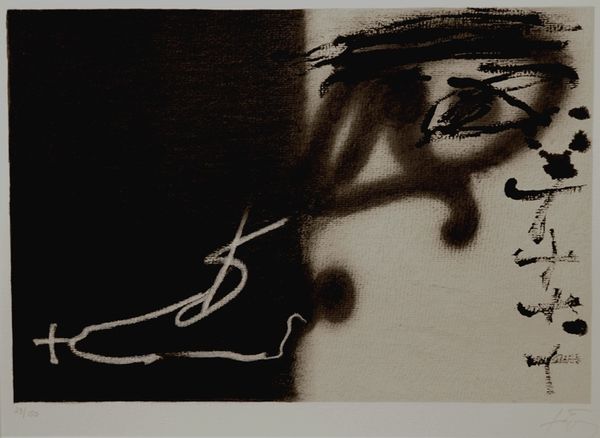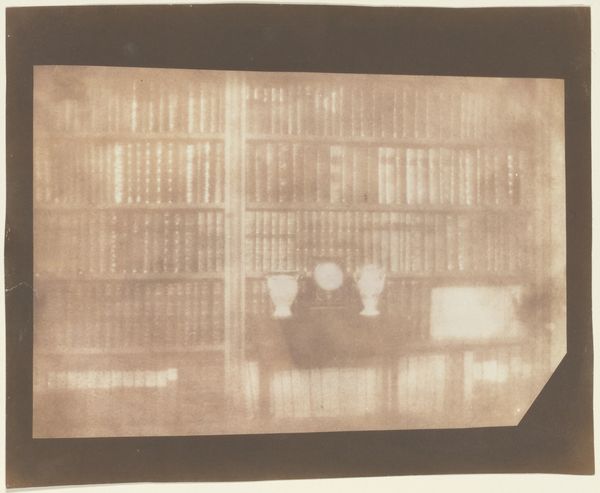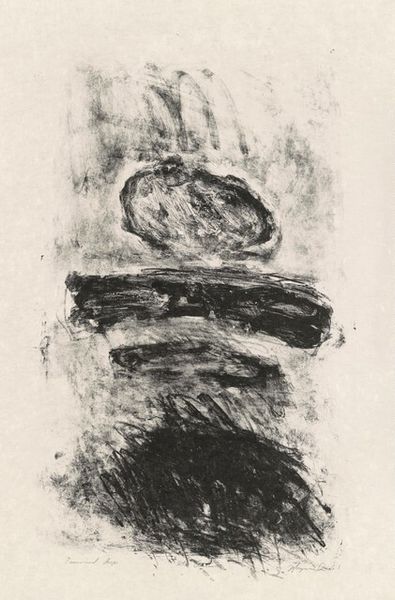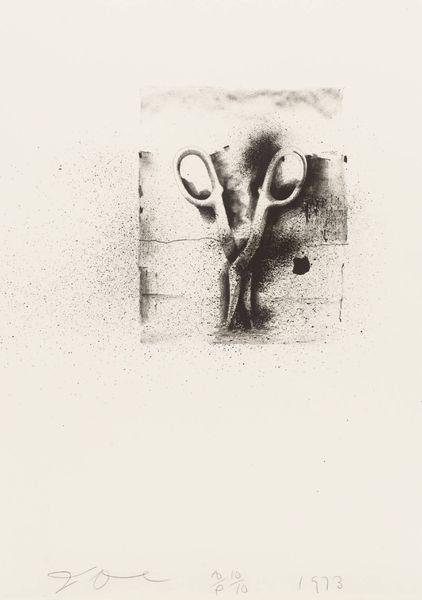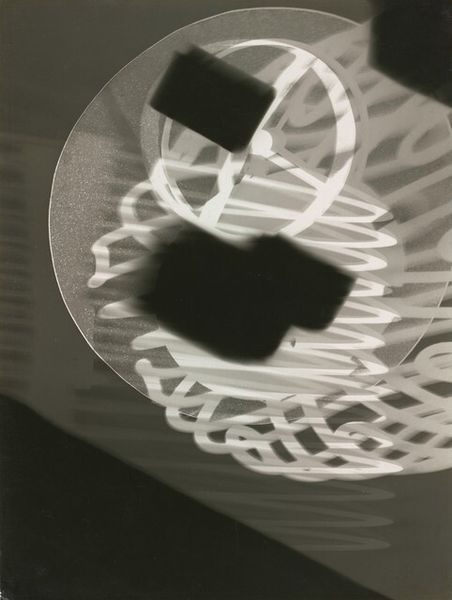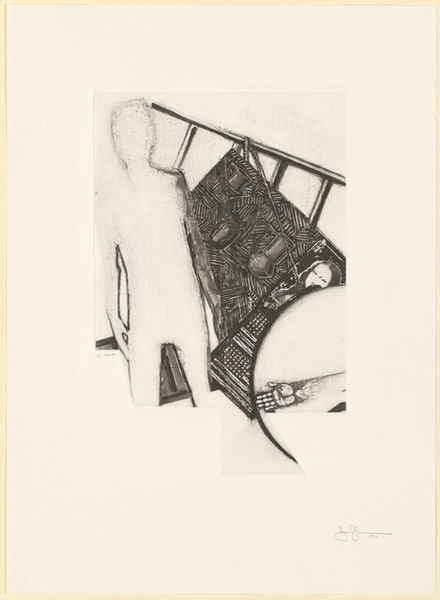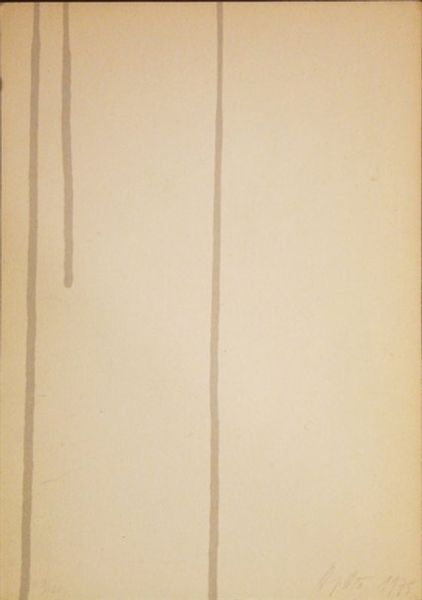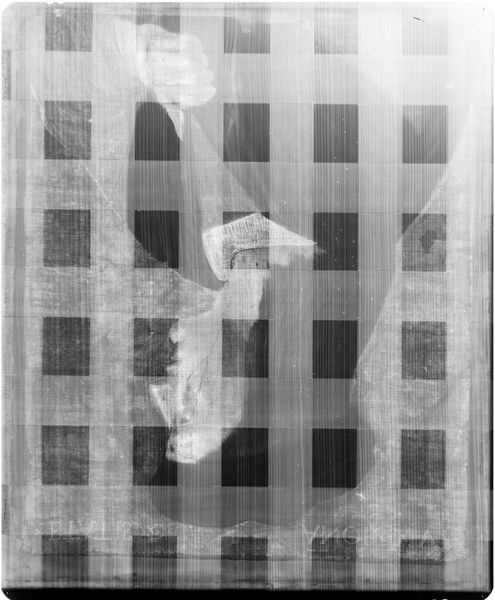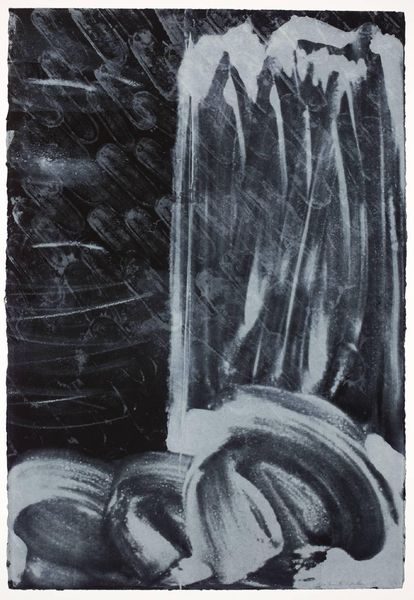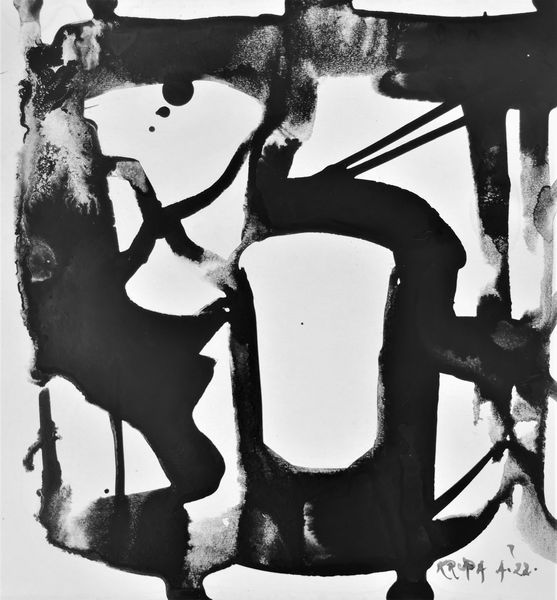
photography, rayograph
#
constructivism
#
photography
#
pencil drawing
#
geometric
#
abstraction
#
rayograph
Dimensions: overall: 23.7 x 17.8 cm (9 5/16 x 7 in.)
Copyright: National Gallery of Art: CC0 1.0
Editor: So, this is László Moholy-Nagy’s "Untitled (Positive)" rayograph, from around 1922-1924. It’s mostly geometric shapes and transparent forms created through light. It reminds me of x-rays, yet what everyday materials was Moholy-Nagy working with? What’s going on in this seemingly abstract image? Curator: It’s a fascinating work because it embodies the ethos of Constructivism through its production. Instead of traditional artistic tools, Moholy-Nagy employs everyday objects – likely glass, metal, perhaps even scraps – arranged directly on photographic paper and exposed to light. He completely bypasses the need for a camera or representational lens, challenging the conventional methods and notions around "art." Editor: So the process *is* the message, in a way? Was it about rejecting established artistic hierarchies, almost leveling the field? Curator: Precisely. This isn’t about depicting a scene or emotion; it's about the properties of light, shadow, and the textures of common materials. Think of it as a challenge to the traditional art world's focus on skillful painting or sculpting. Here, mass-produced objects and darkroom techniques become the tools of artistic creation. This shift elevates craft and industrial materials. Do you notice the interplay of positive and negative space, the ghostly traces of these placed objects? Editor: Yes, it’s like he is creating a new visual language using the very act of making an image, light as material. That makes me wonder, could you consider the social implications of photography democratizing the access to image creation? Curator: Absolutely! The readymade nature and process dismantles artistic skill as being tied to labour, creating an opportunity to redefine what art could be, how it's made, and who gets to make it. It forces us to consider art making not only as a physical, or artisanal, act, but conceptual. Editor: I never thought of it that way. I appreciate the way Moholy-Nagy’s experiment democratizes the art-making process. It makes me reconsider what’s art, what’s not and who gets to decide? Curator: Exactly! It shifts our focus to the act of production and material agency. Food for thought!
Comments
No comments
Be the first to comment and join the conversation on the ultimate creative platform.
